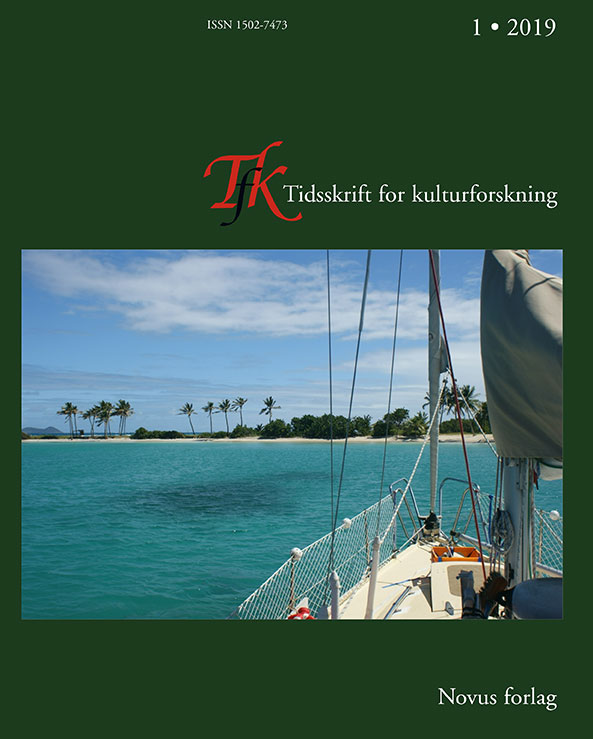Sammendrag
In the history of burial customs, several radical changes occurred during the 20th century. The article examines such changes in the Norwegian context with the participation of children as vantage point. At the start of the century, children participated in local funerals on similar terms as other members of the local communities. From the early 1940s the idea that children should not participate in funerals was circulated and it was gradually accepted with only few exceptions. From the 1970s a counter movement rose among some nurses and priests, claiming that children should be told the truth also about sickness and death. In the 1980s a similar stance was taken in the growing profession of child psychologists, and around 1990 the tide was clearly turning. Today there is a general professional agreement between undertakers, nurses, priest and psychologists that children generally do not suffer damage by participating in funerals. To the contrary, there is a chance that they suffer damage if they are not allowed to participate.
The article unveils and discusses this history applying perspectives from ritual theory and using qualitative questionnaire answers collected in 1957, 1963 and 2012 and face-to-face interviews done in 2018 as main sources. These materials are kept by the cultural archives institution Norwegian Ethnological Research. Theoretically, the main interest of the article is to discuss the relation between change in ritual practices and social change. The claim is made that changes in ritual practices not only follows from, but also leads to other changes in culture and society.

